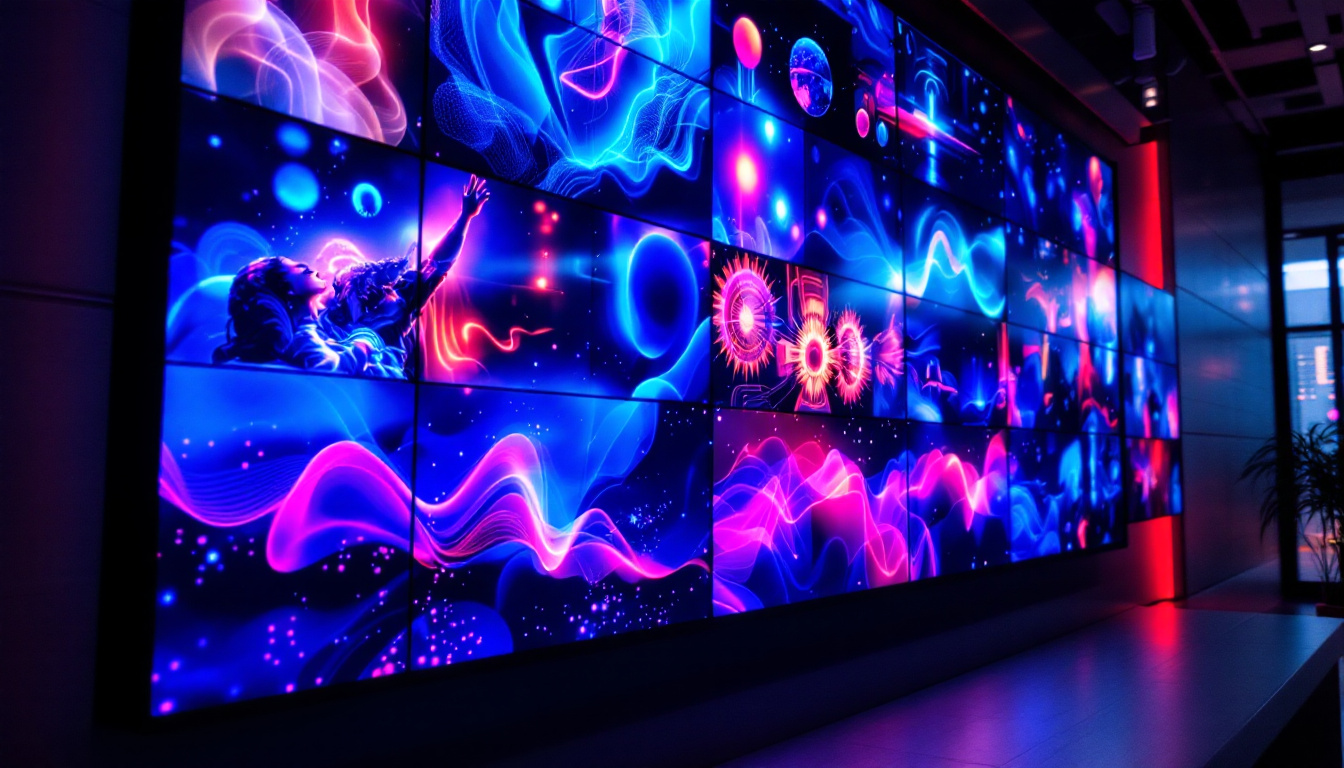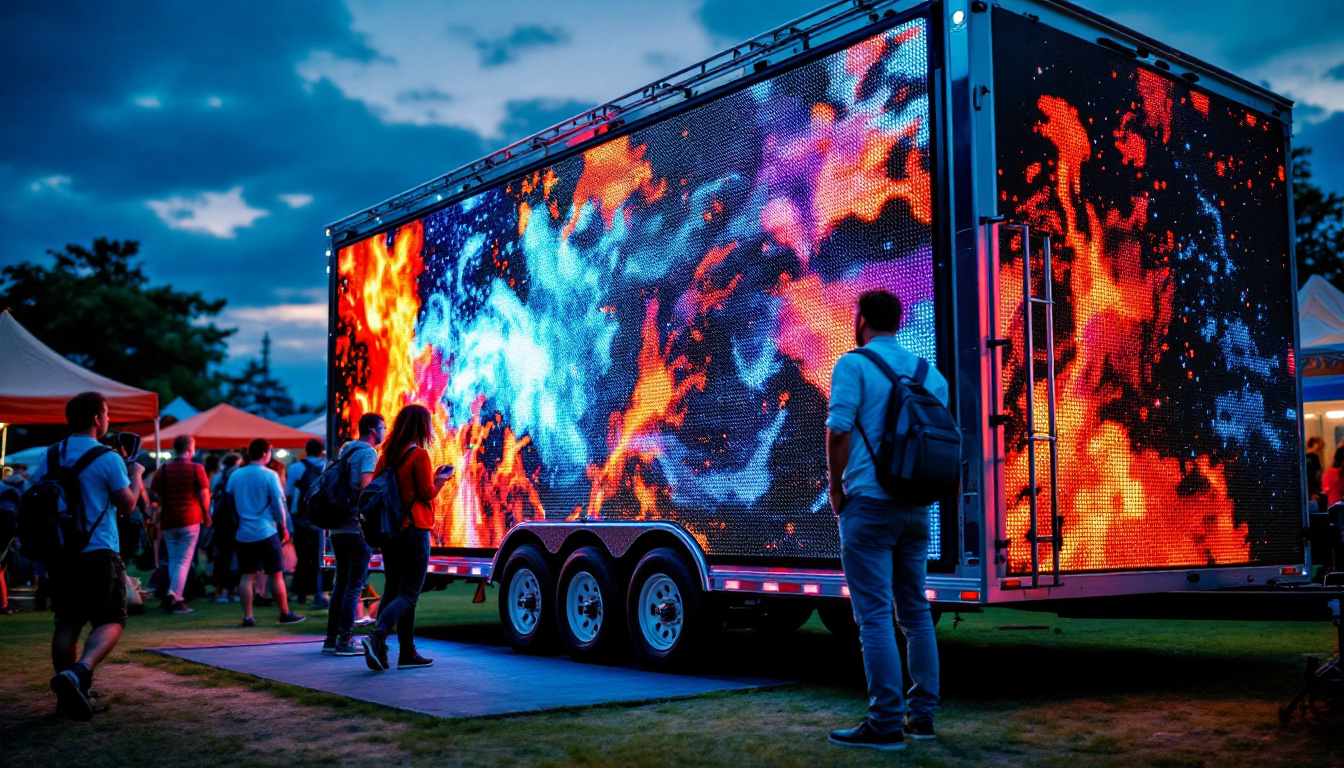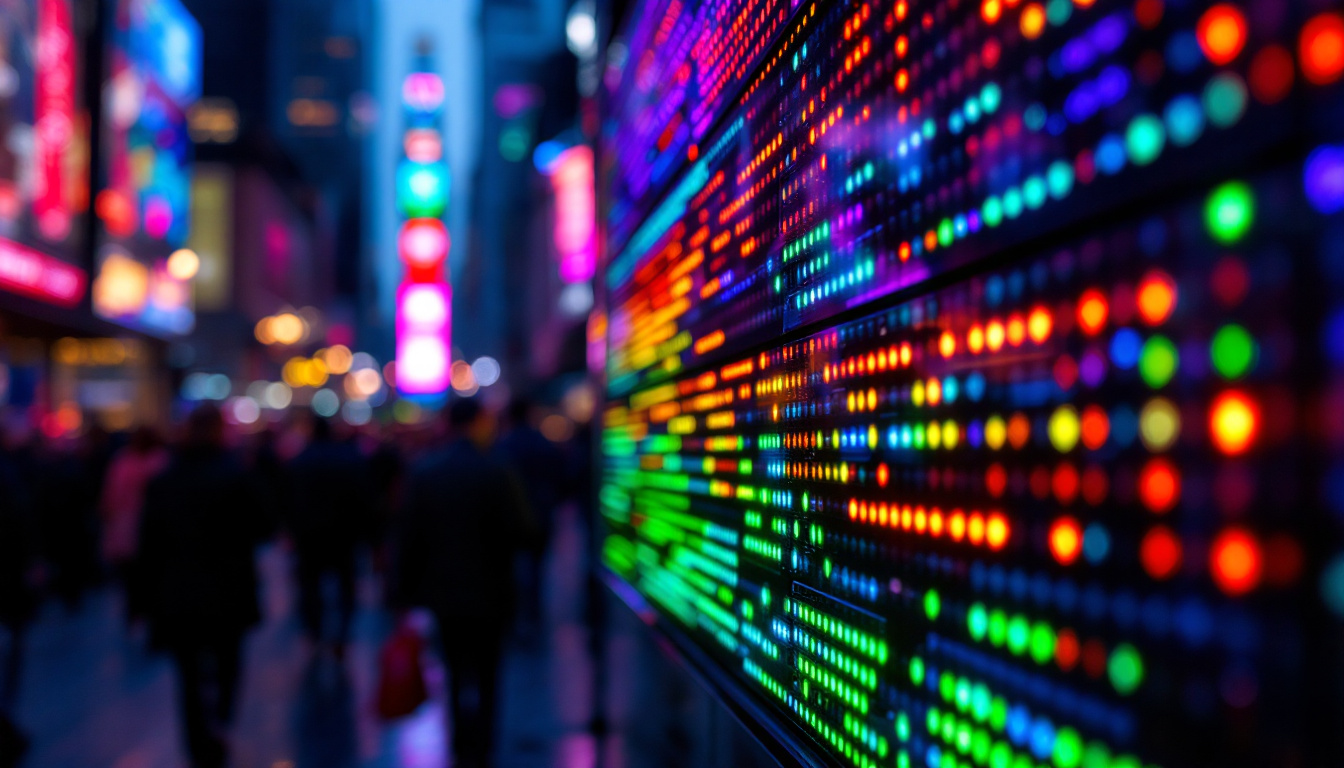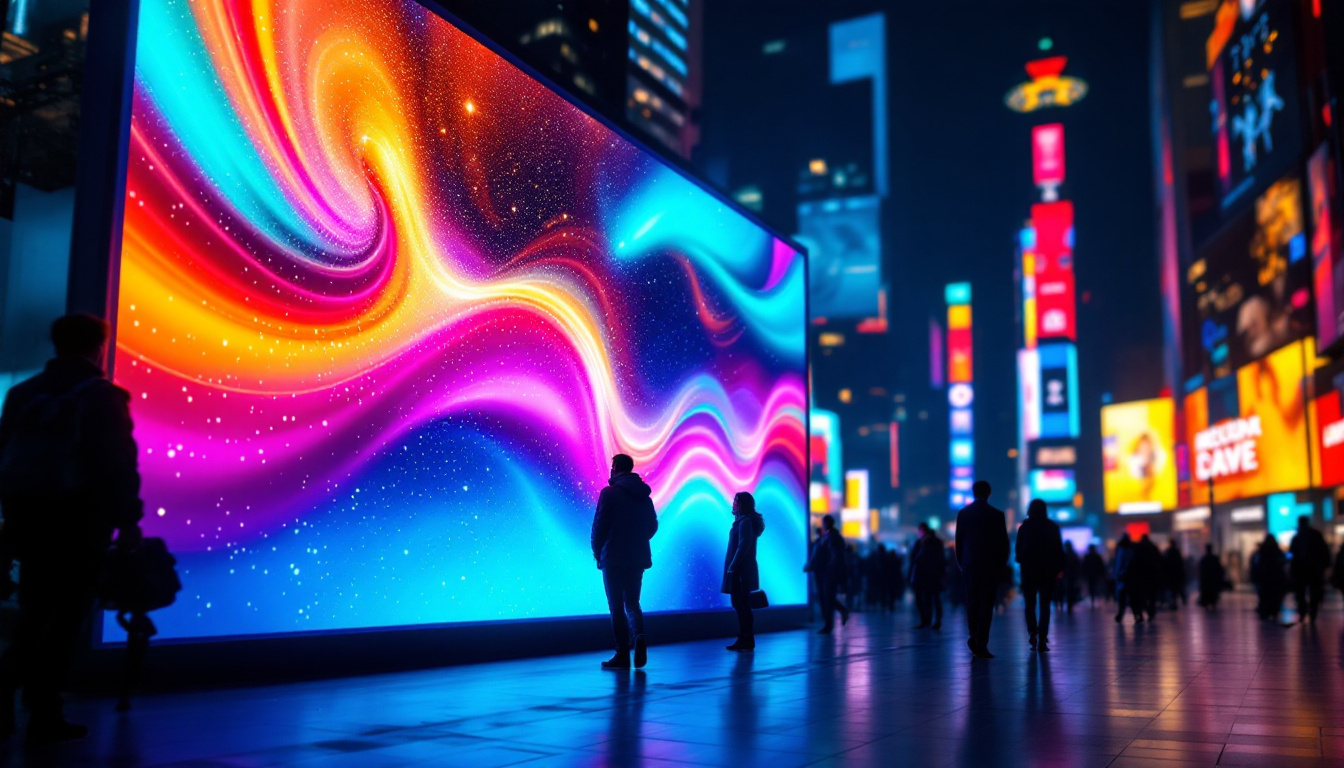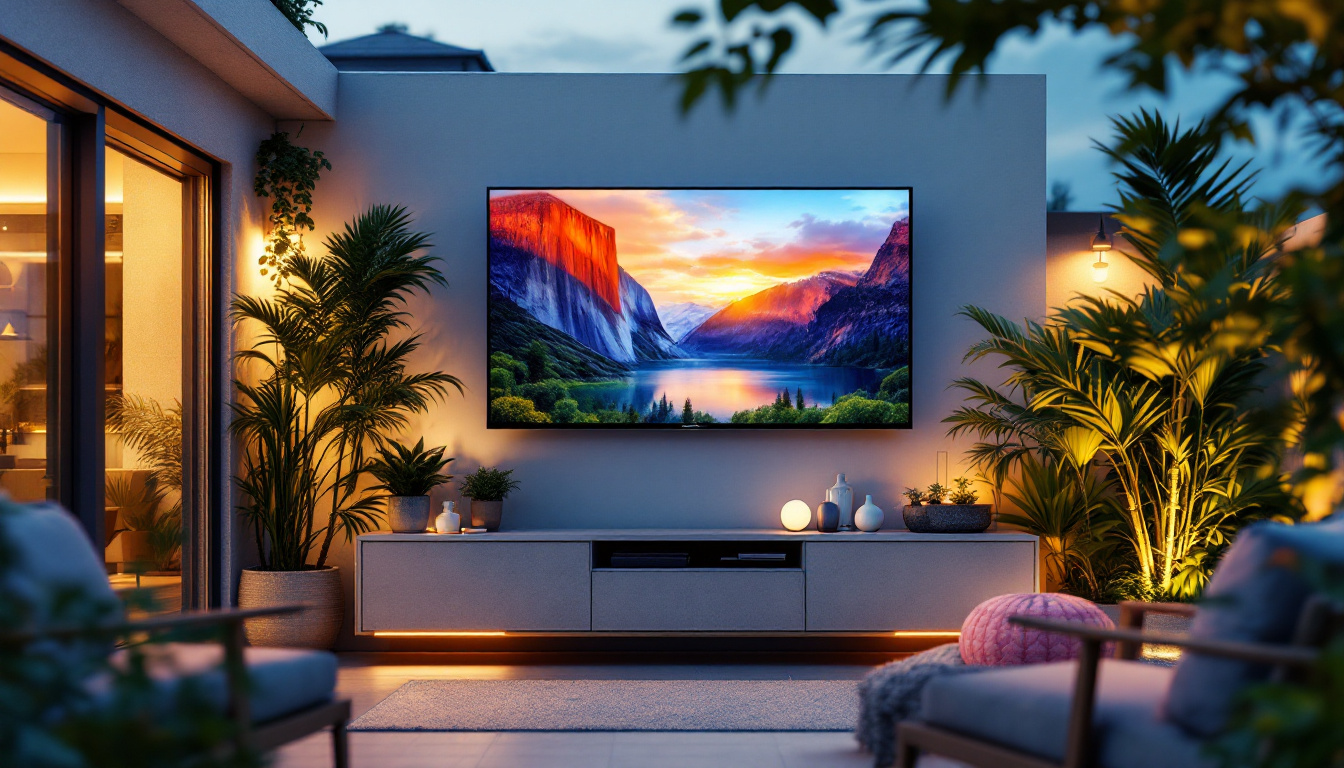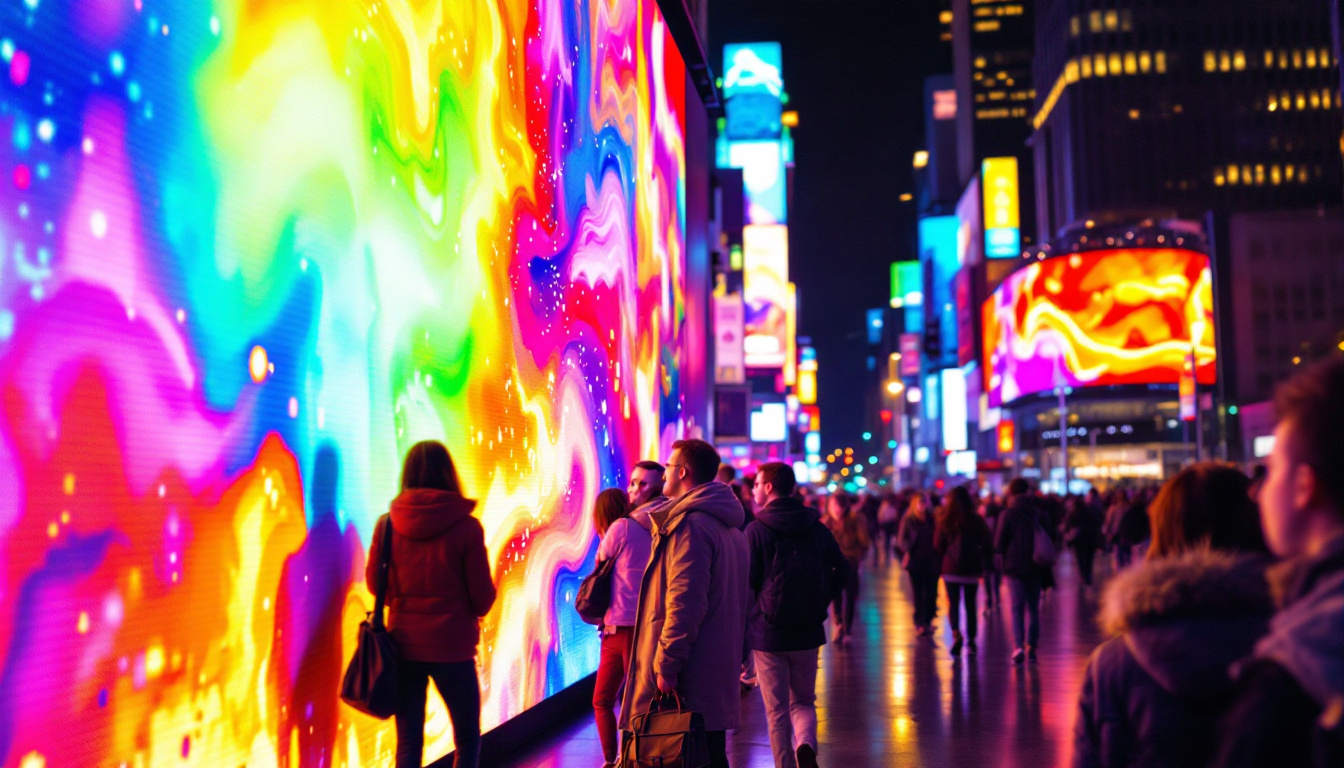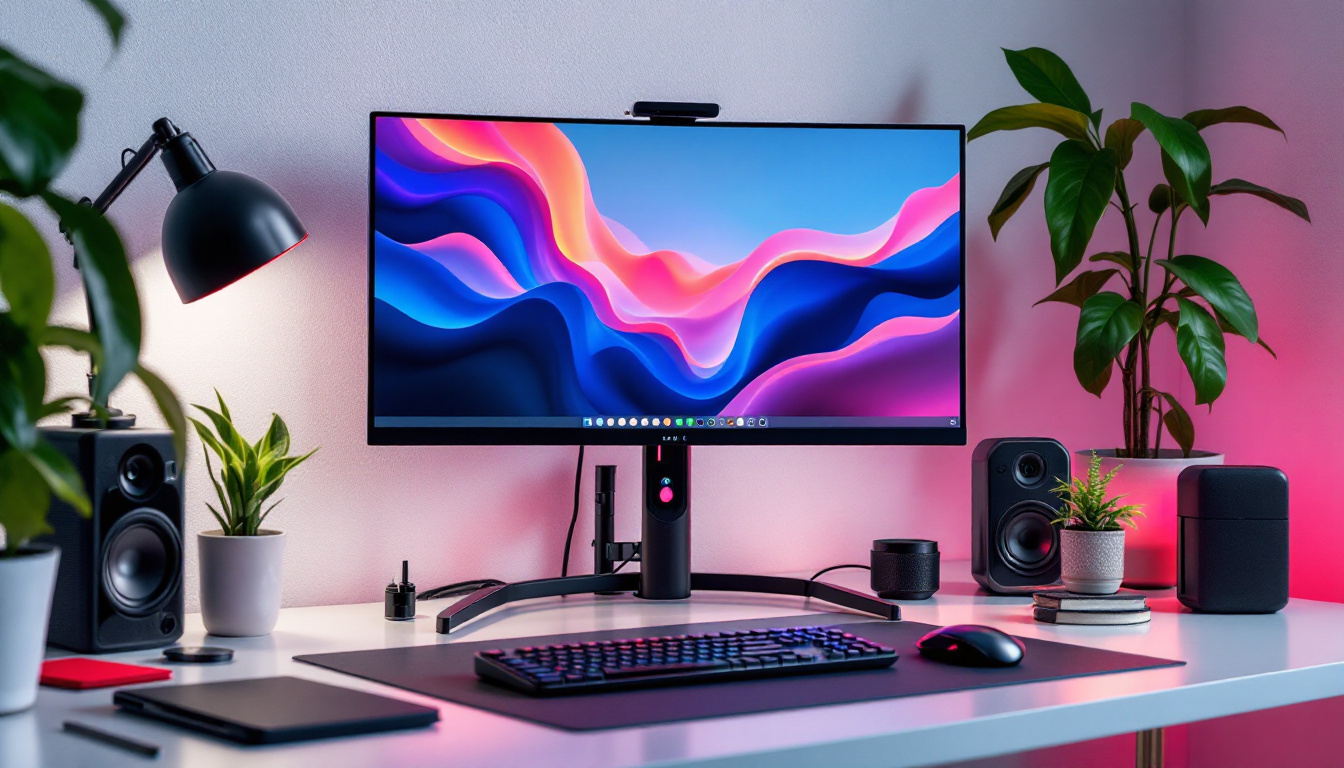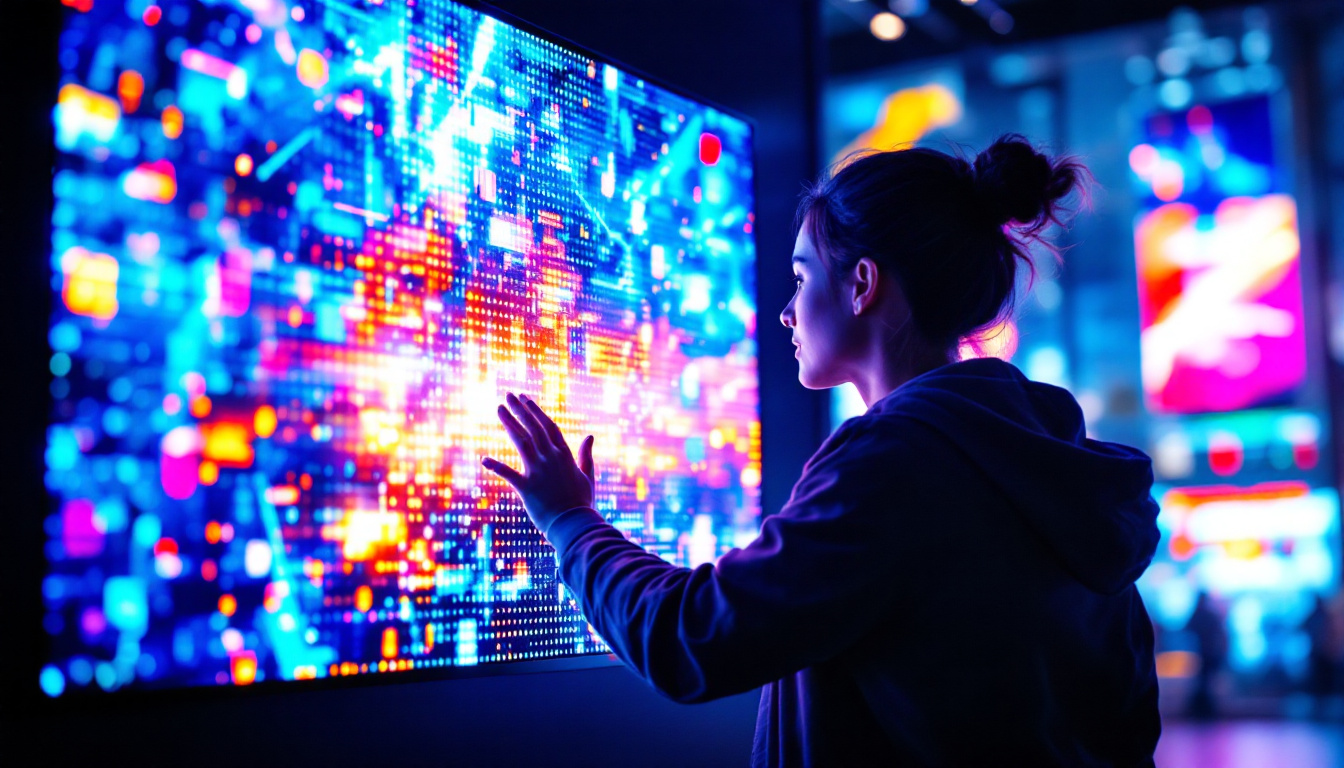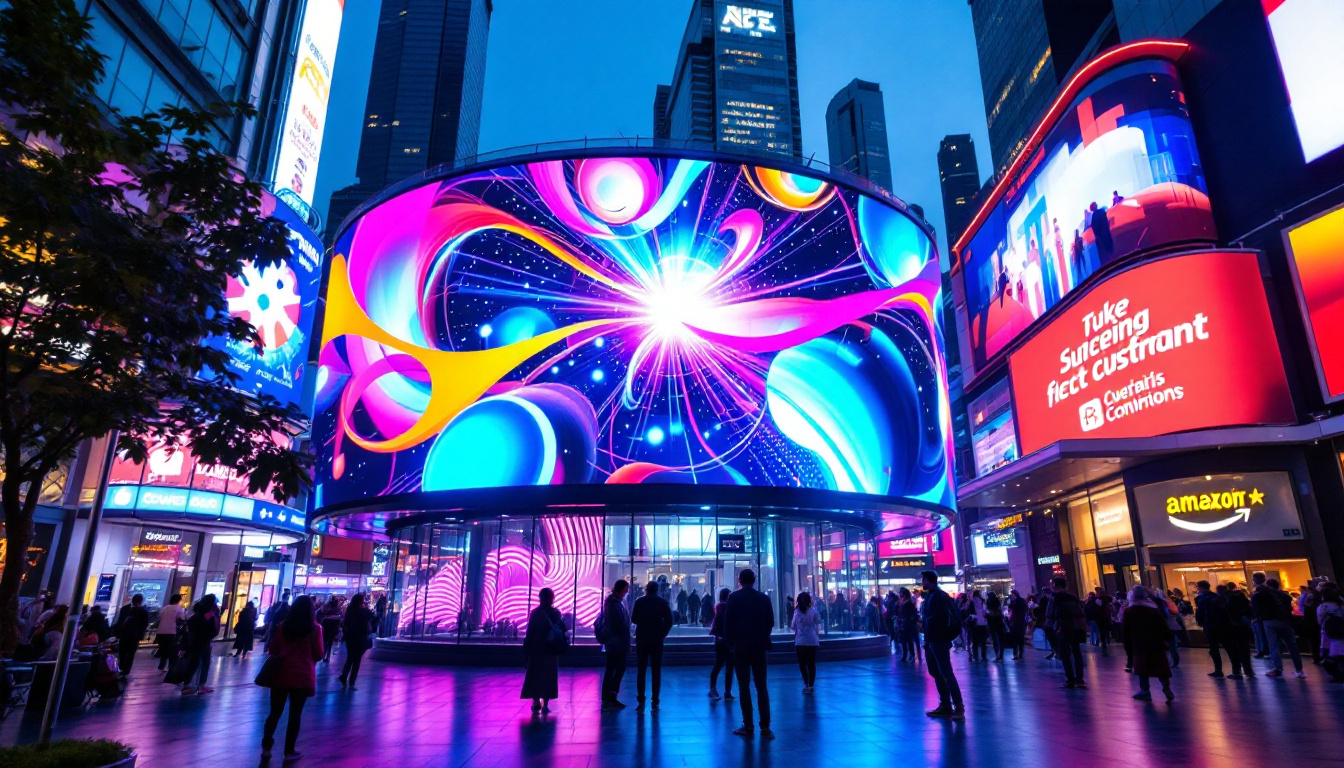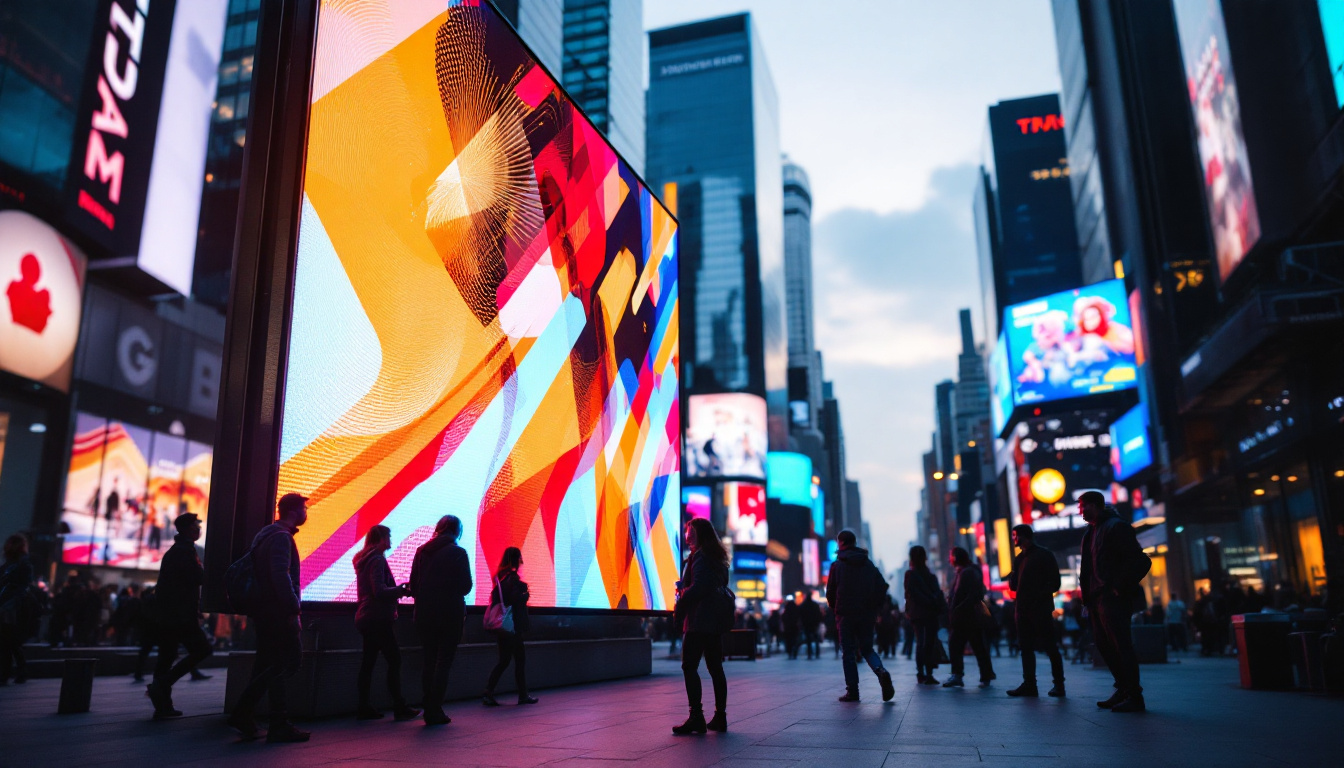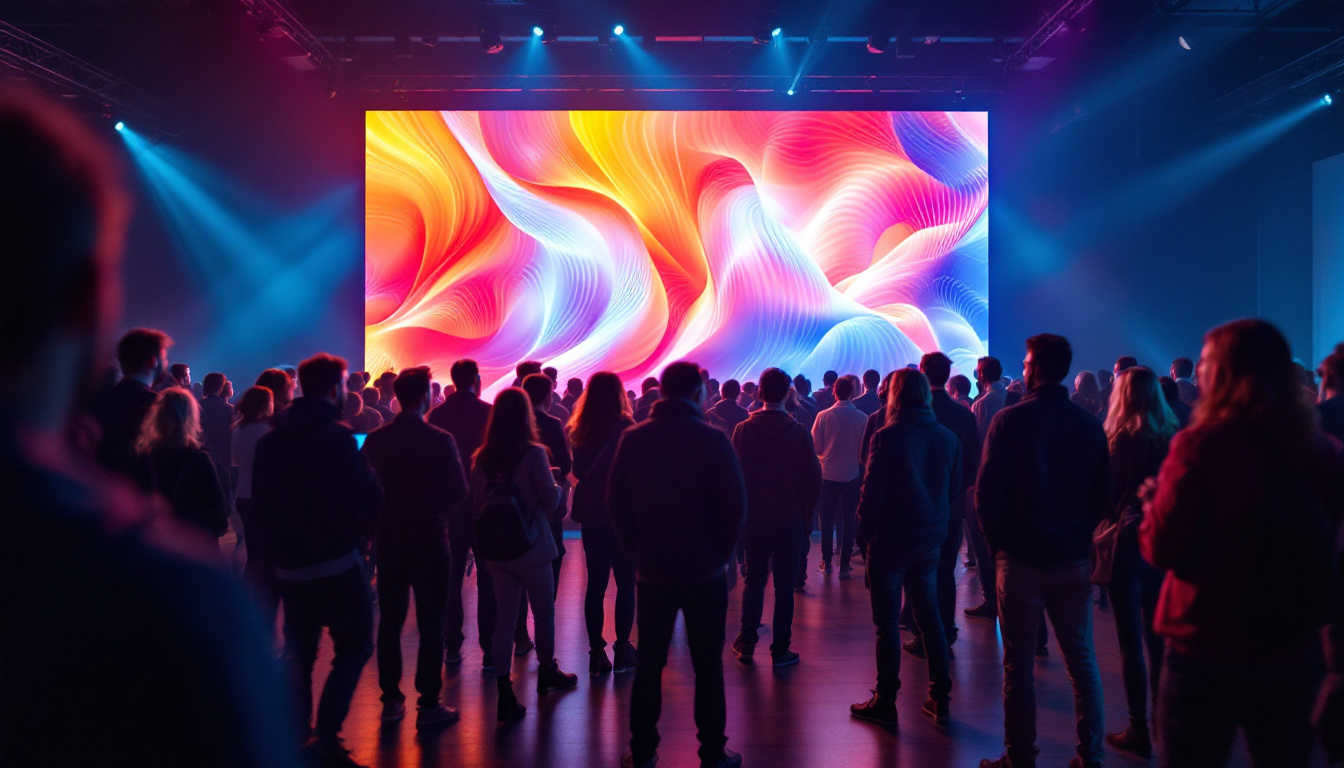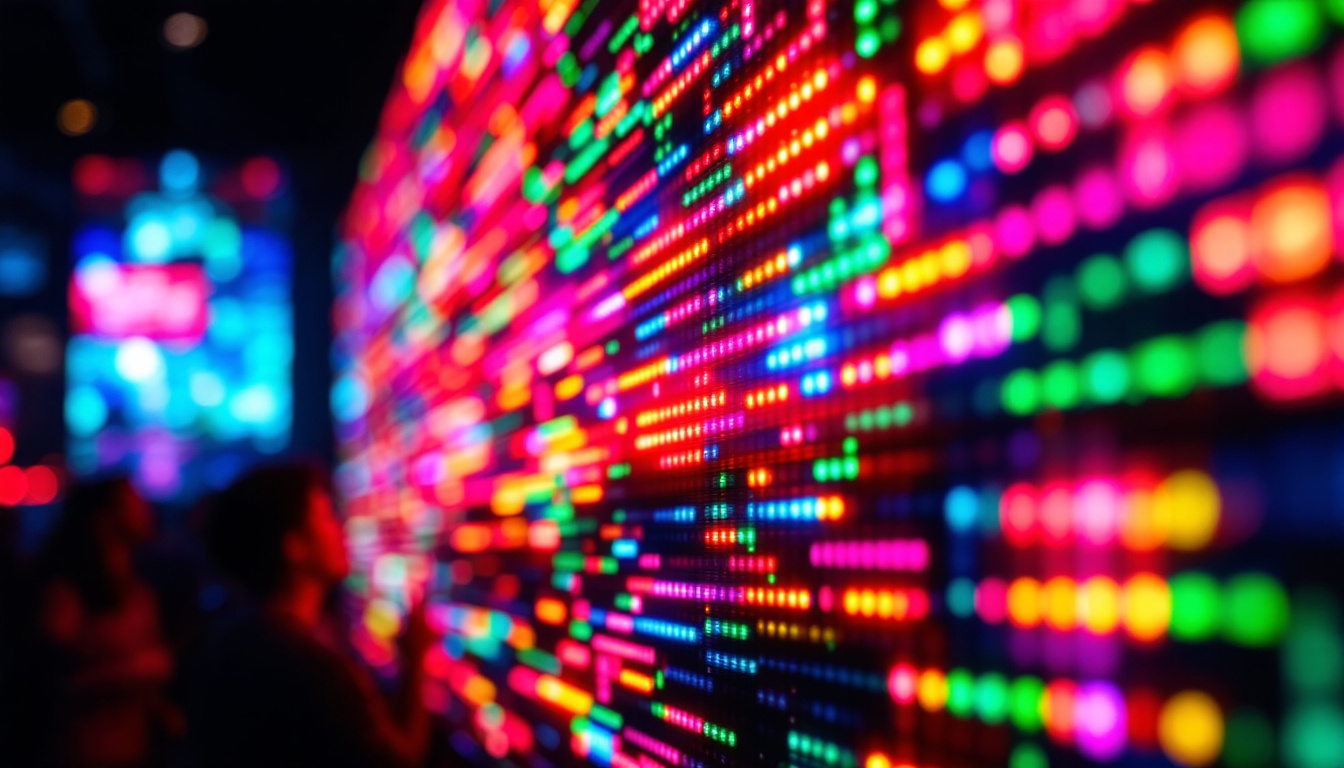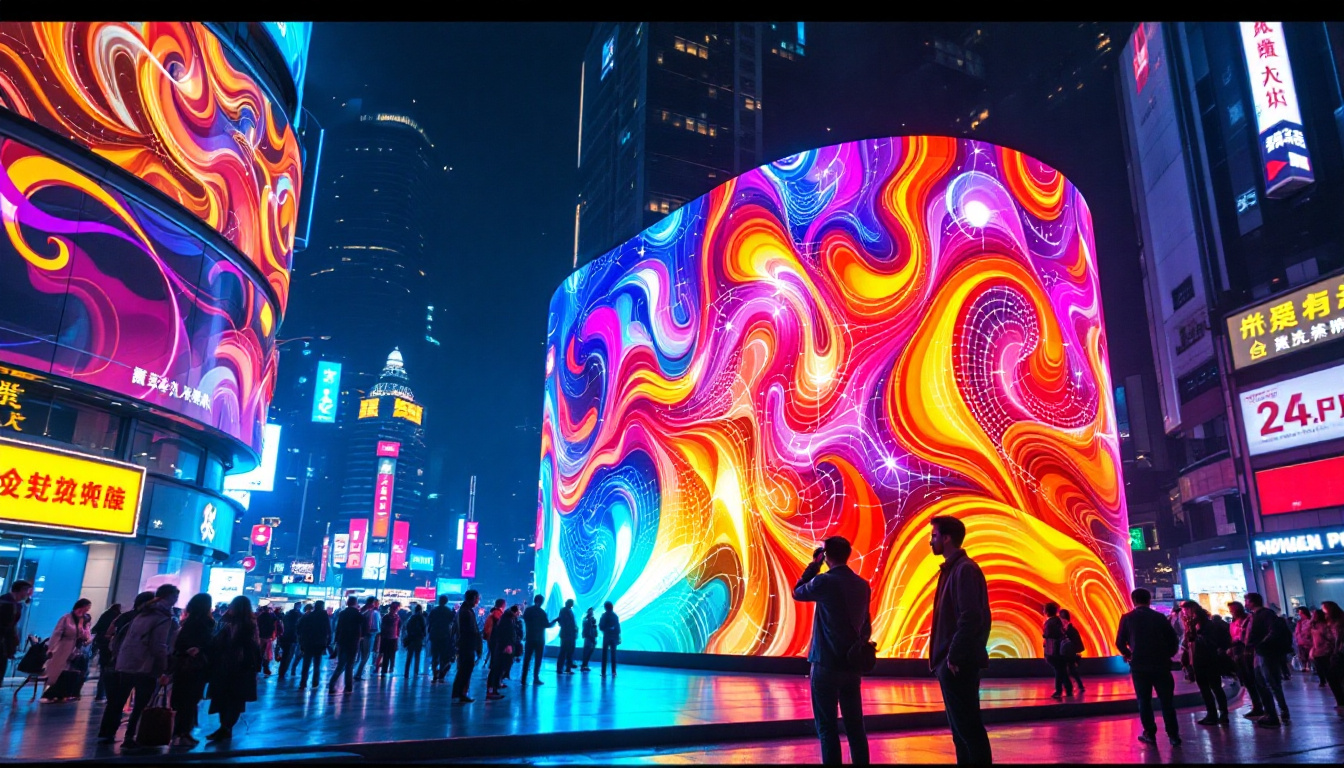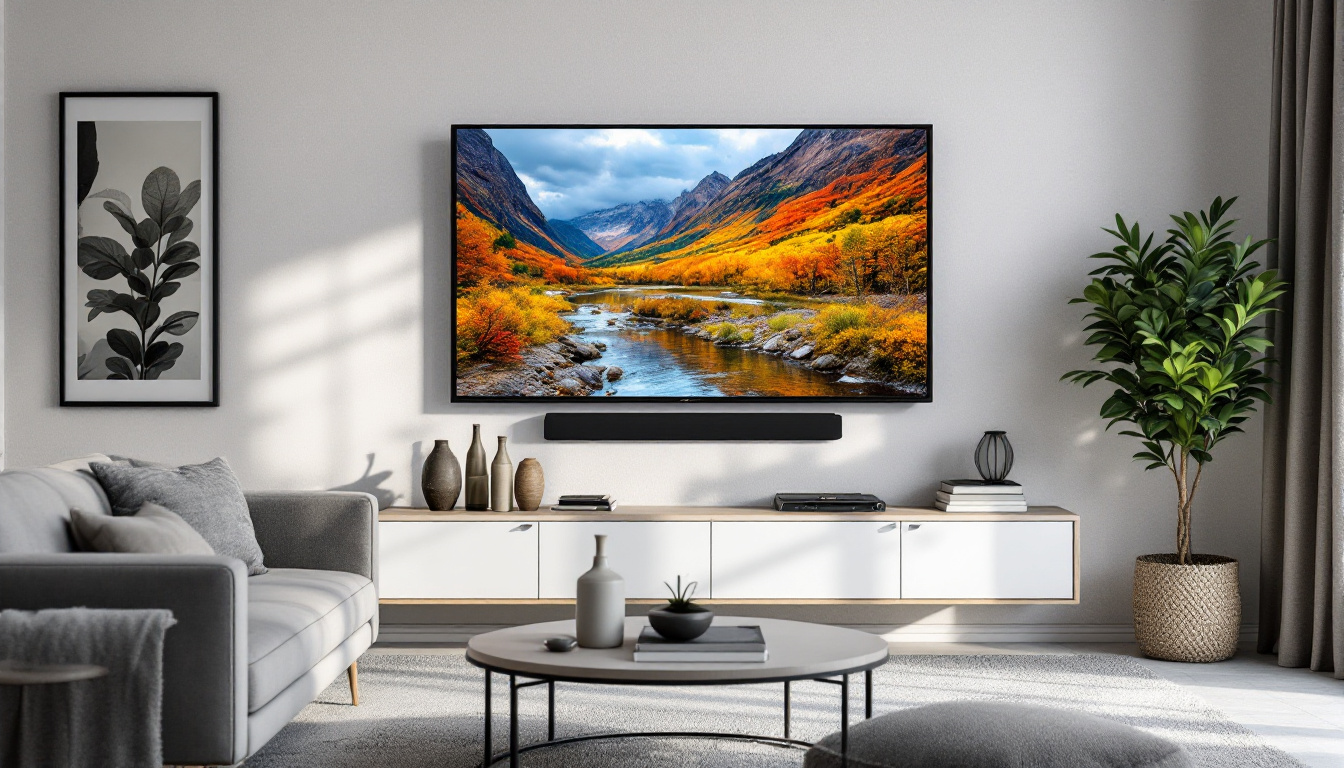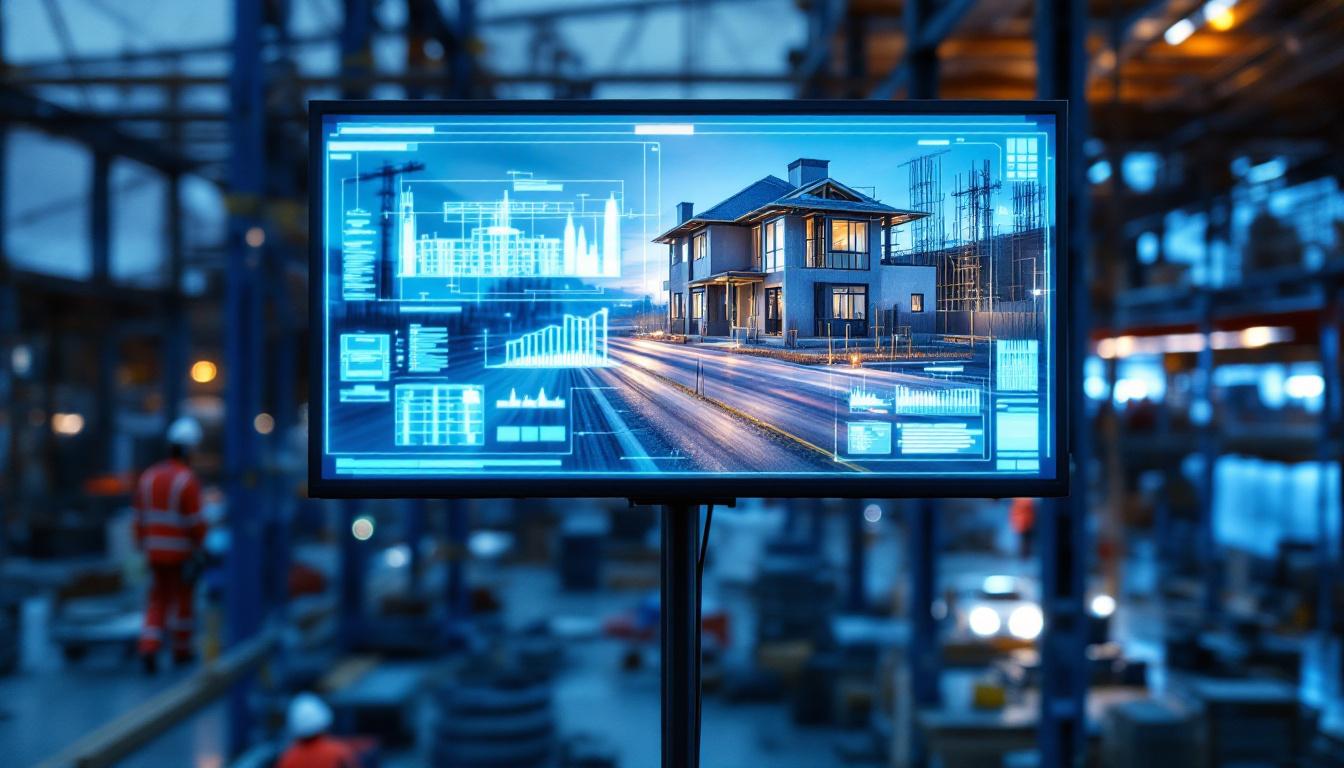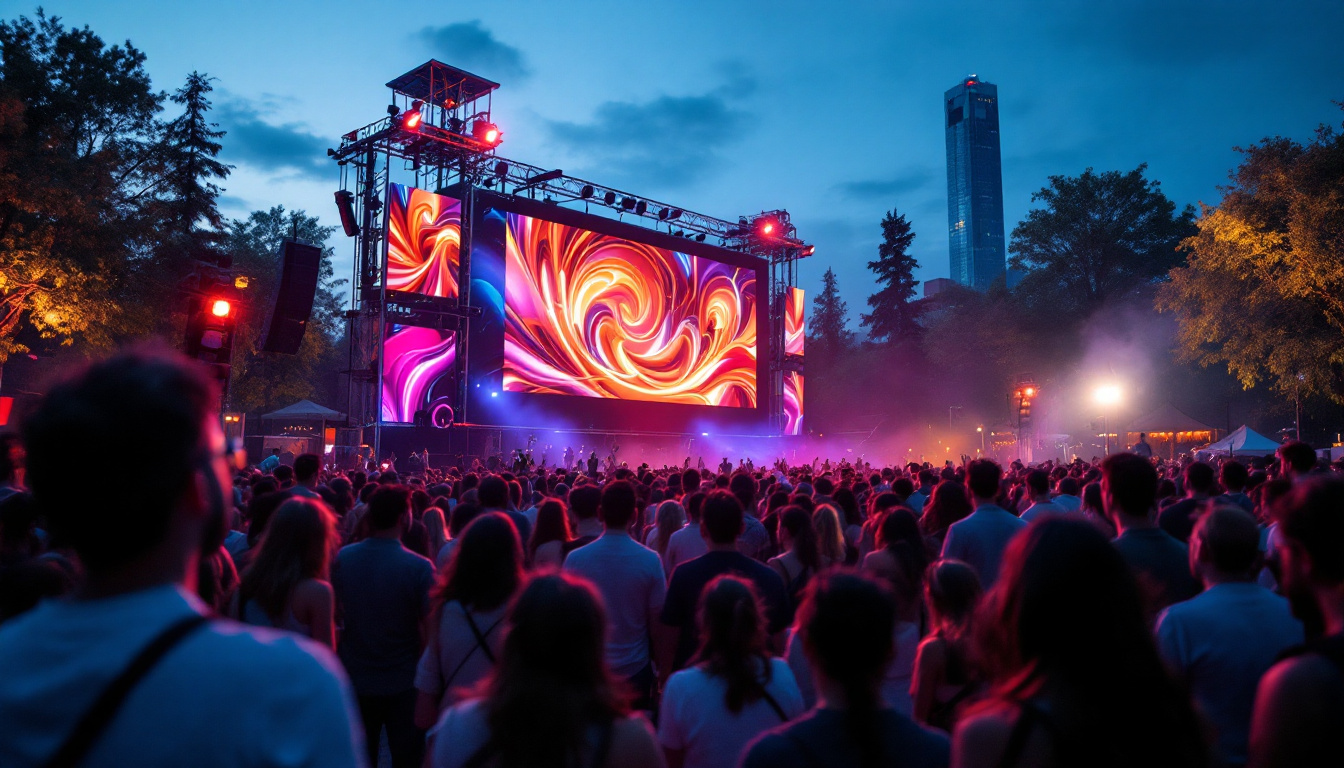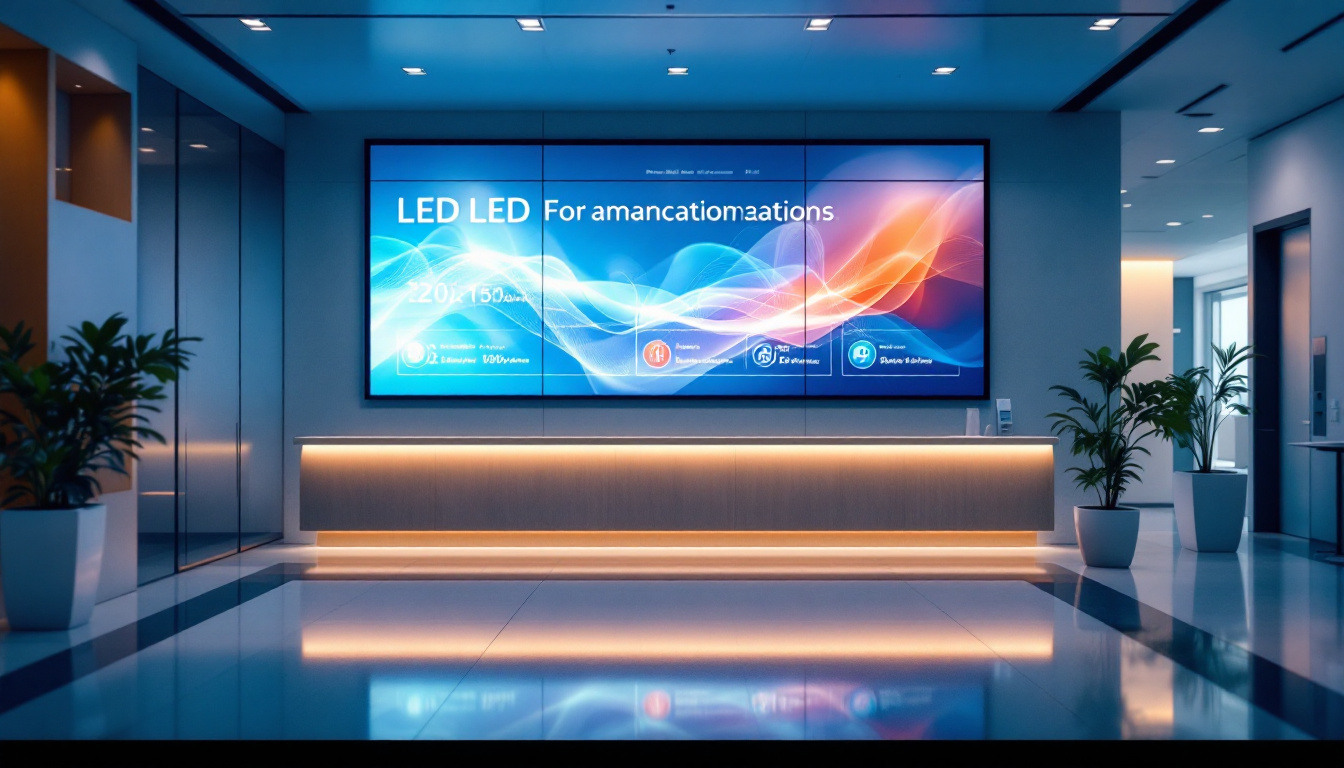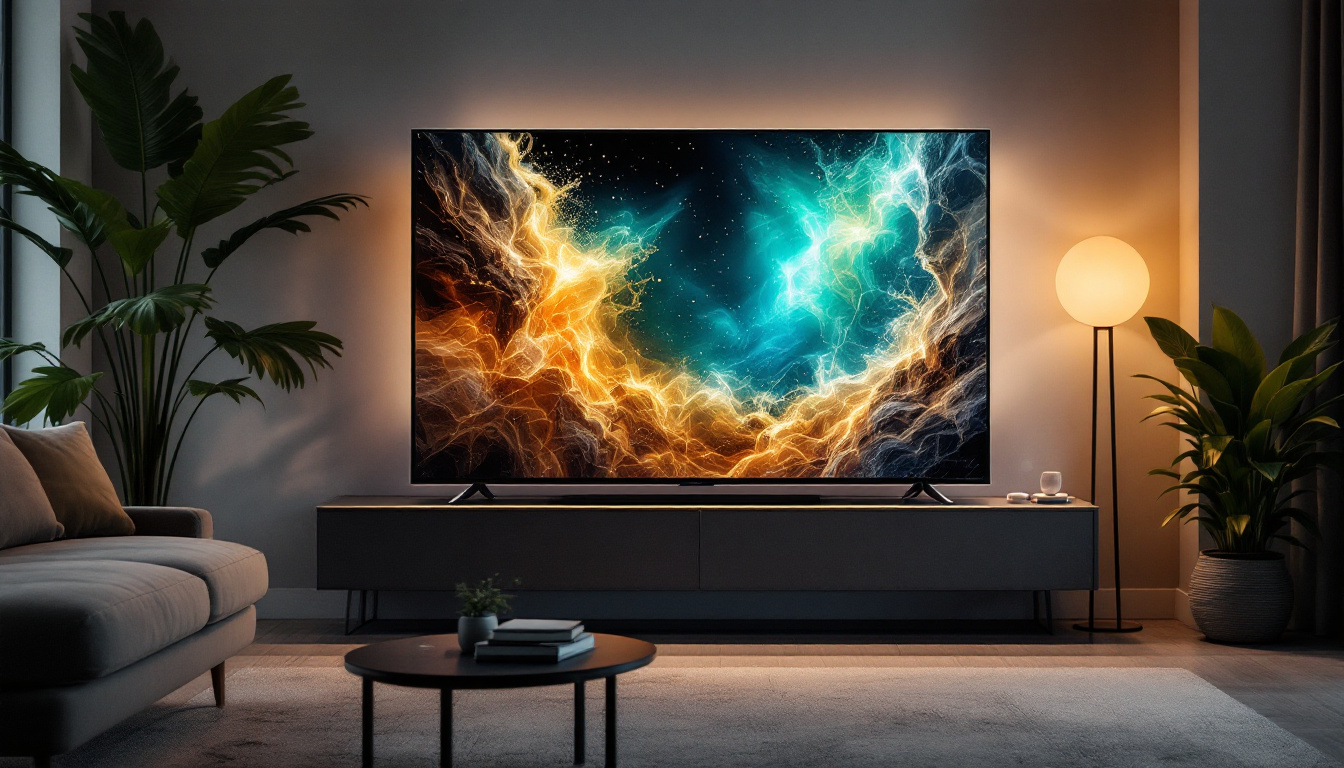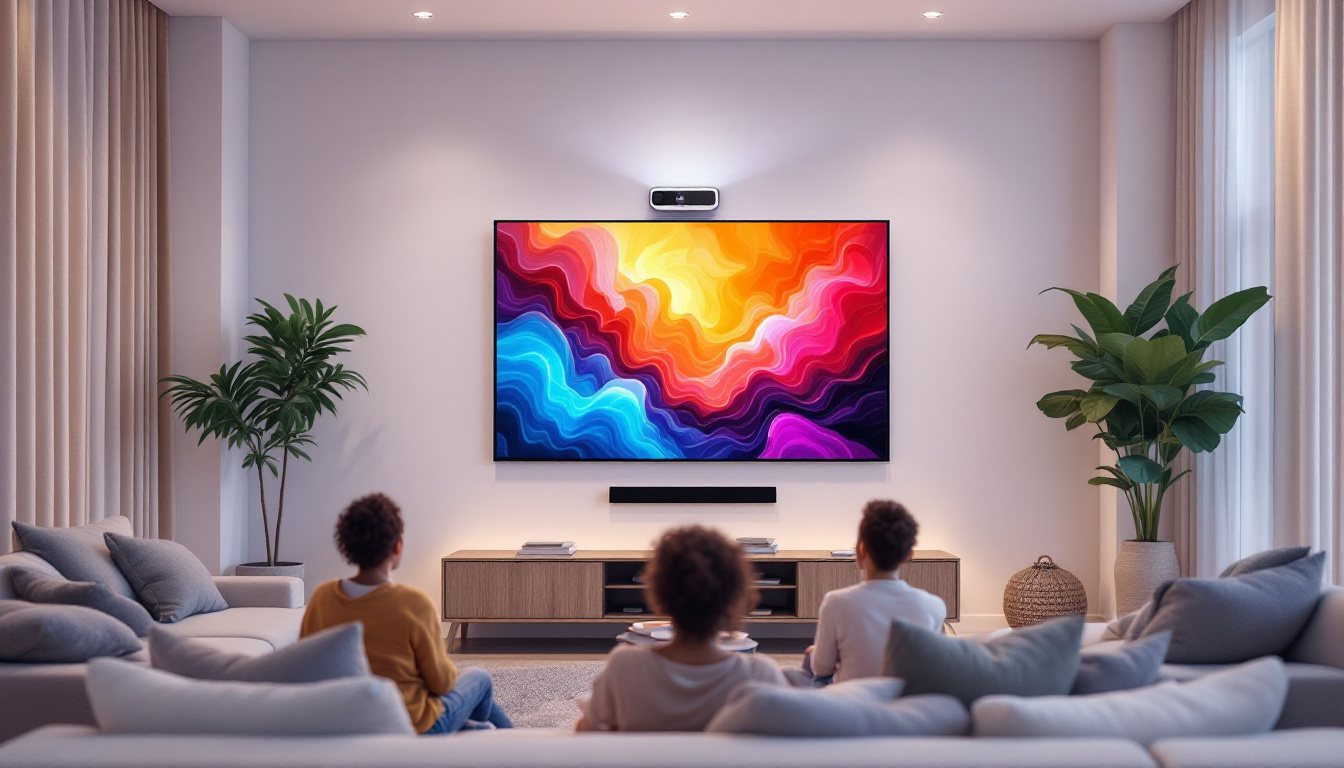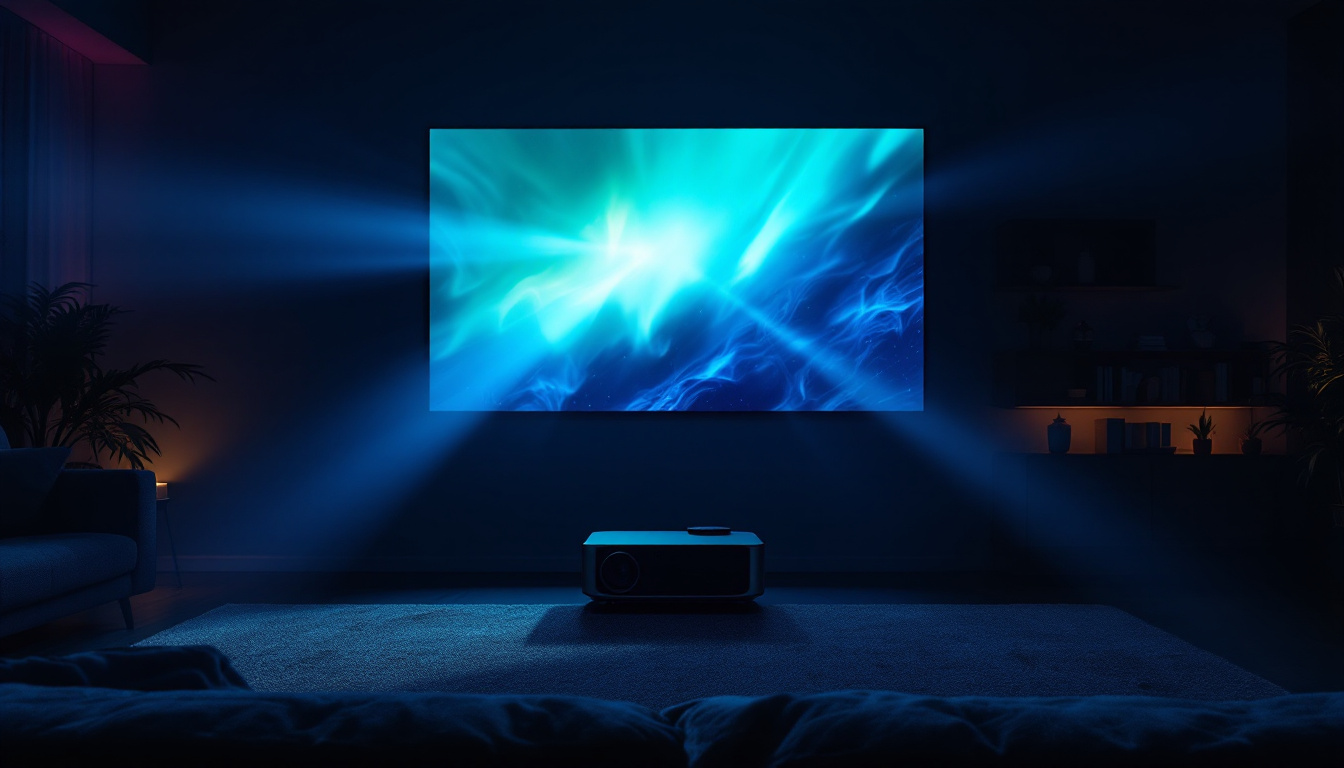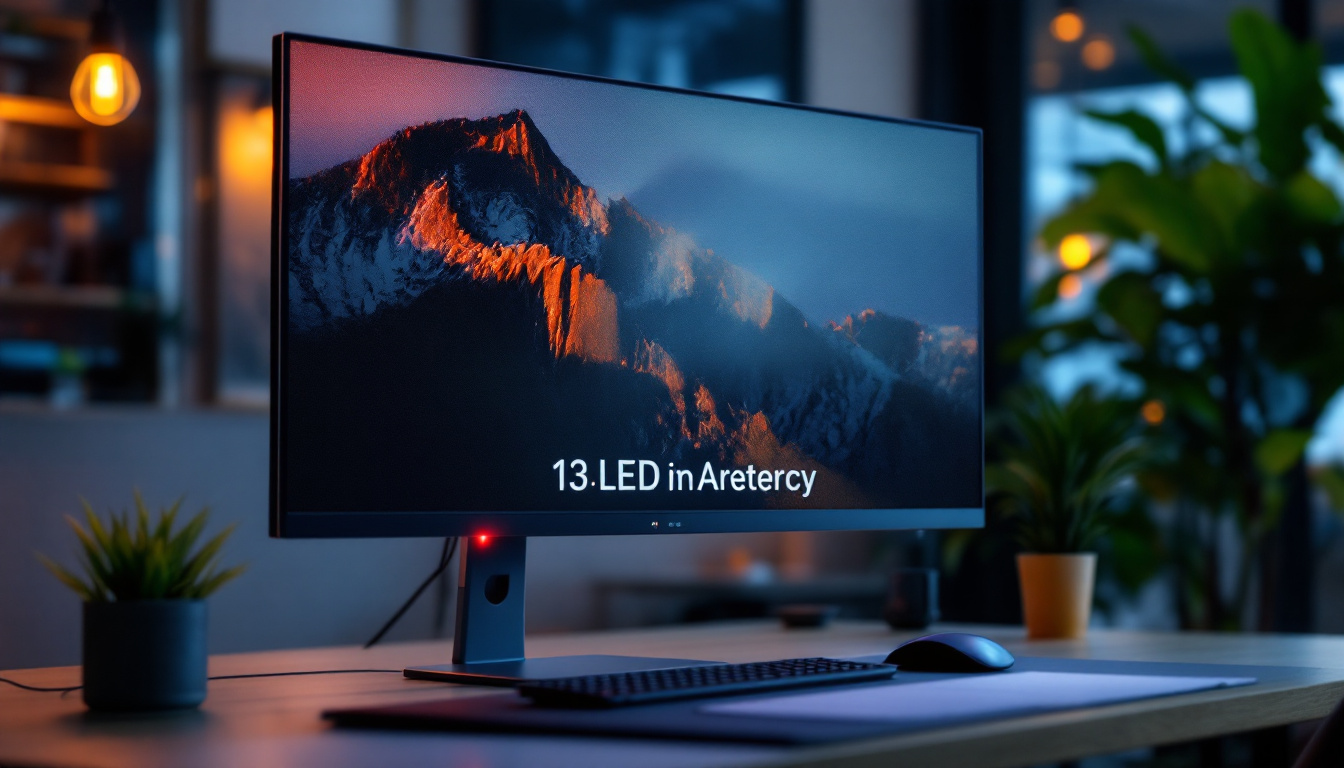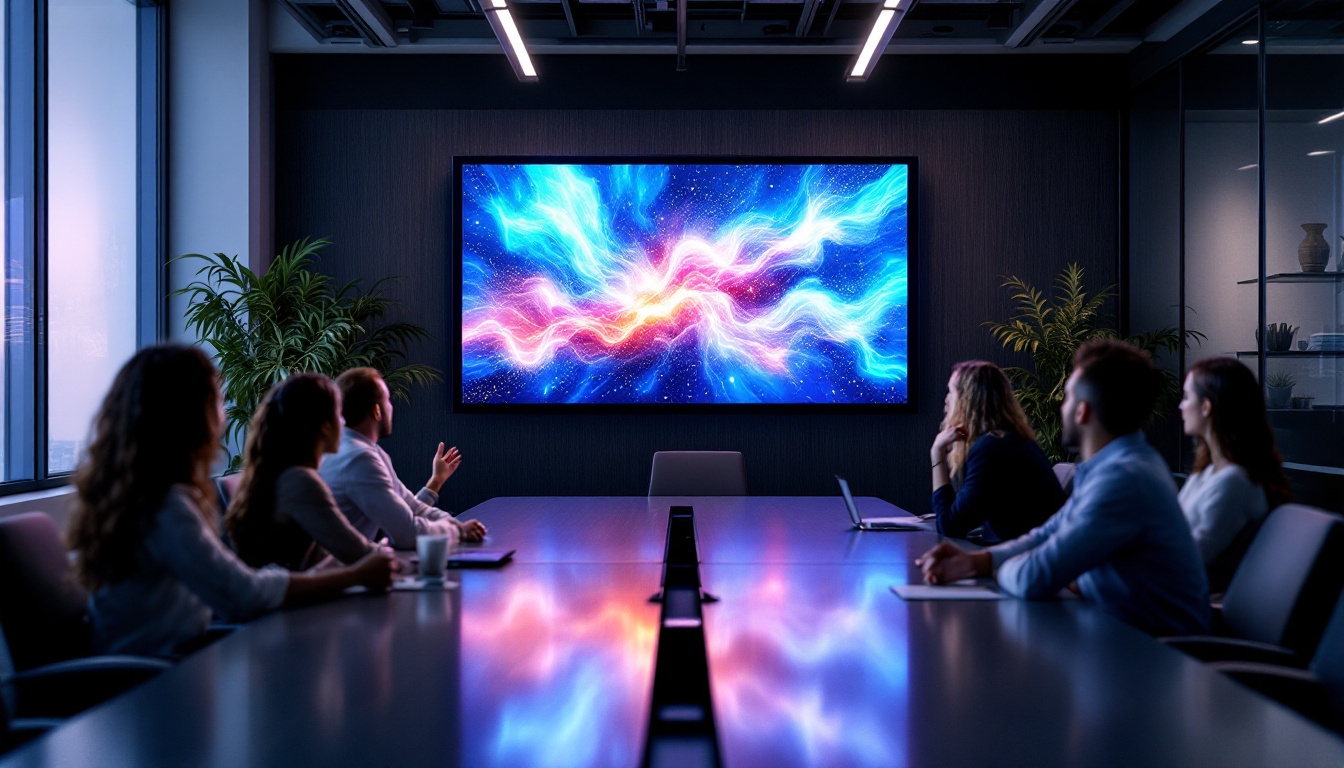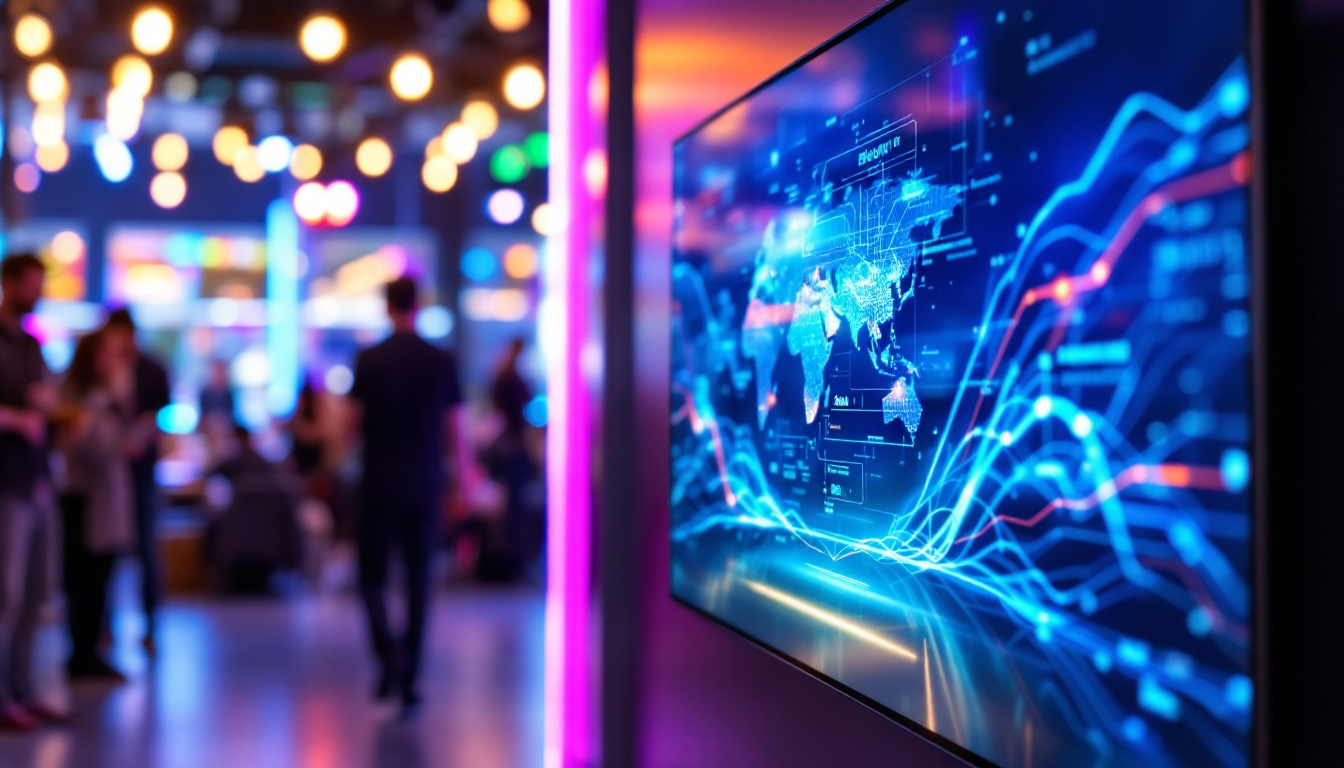In recent years, video wall technology has gained significant traction across various industries, transforming how visual content is displayed. At the heart of this innovation lies LED display technology, a powerful tool that enhances visual communication. This article delves into the intricacies of video wall technology, focusing on LED displays, their components, applications, and advantages.
Understanding Video Walls
Video walls are large displays composed of multiple screens or panels that work together to present a cohesive image or video. These installations are often used in public spaces, control rooms, and corporate environments to deliver information, advertisements, or entertainment. The seamless integration of multiple screens allows for a larger-than-life viewing experience that captures the attention of viewers. With the rise of digital signage, video walls have become an essential tool for businesses and organizations looking to engage their audience in innovative ways. From airports displaying flight information to sports arenas showcasing live events, the versatility of video walls makes them a popular choice across various industries.
Components of a Video Wall
A typical video wall consists of several key components, including display panels, video processors, and mounting structures. Each element plays a crucial role in ensuring the video wall operates effectively and delivers high-quality visuals. The integration of these components allows for a dynamic and interactive experience, where content can be easily updated or changed to suit different needs. Additionally, advancements in technology have led to the development of more sophisticated components that enhance the overall performance and reliability of video walls.
- Display Panels: The heart of any video wall, display panels can be made from various technologies, including LCD, OLED, and LED. Each type has its advantages and disadvantages, but LED displays are increasingly popular due to their brightness, energy efficiency, and thin profile. Moreover, the advancements in pixel pitch technology have allowed for closer viewing distances without sacrificing image quality, making LED video walls ideal for both large venues and intimate settings.
- Video Processors: These devices manage the input signals and distribute them across the individual panels. They ensure that the content is displayed correctly, maintaining color accuracy and synchronization across the entire video wall. Some modern video processors also come equipped with advanced features such as real-time content scaling and multi-source input capabilities, allowing operators to showcase multiple feeds simultaneously, which is particularly useful for live events and presentations.
- Mounting Structures: The physical framework that holds the display panels in place is critical for stability and alignment. Proper mounting ensures that there are minimal gaps between screens, providing a seamless viewing experience. Additionally, customizable mounting solutions can accommodate various configurations, whether it be a flat, curved, or even 3D arrangement, allowing for creative installations that enhance the visual impact.
Types of Video Walls
Video walls can be categorized based on the technology used in their display panels. The most common types include:
- LED Video Walls: Utilizing light-emitting diodes, these video walls offer high brightness and excellent color reproduction. They are suitable for both indoor and outdoor applications. The durability of LED technology also makes it an ideal choice for environments that require constant operation, such as retail displays and event venues.
- LCD Video Walls: Comprising multiple LCD panels, these walls are often used in control rooms and retail environments. While they provide good image quality, they may suffer from bezels that disrupt the seamless experience. However, advancements in bezel-less designs have significantly reduced this issue, allowing for a more immersive viewing experience.
- OLED Video Walls: Organic light-emitting diode technology provides stunning visuals with deep blacks and vibrant colors. However, OLED displays can be more expensive and are typically used in high-end applications. Their ability to produce true blacks and a wide color gamut makes them particularly appealing for artistic installations and high-profile events.
The Advantages of LED Displays
LED displays have become the preferred choice for video walls due to their numerous advantages. Understanding these benefits can help organizations make informed decisions when investing in video wall technology.
Brightness and Visibility
One of the standout features of LED displays is their exceptional brightness levels. This makes them ideal for environments with high ambient light, such as shopping malls, stadiums, and outdoor events. The ability to maintain visibility even in direct sunlight ensures that content remains engaging and effective. Furthermore, LED displays can achieve a wide range of colors and contrast ratios, enhancing the overall visual experience. This capability allows for vibrant graphics and sharp text, which can capture the attention of passersby and create a memorable impression.
Energy Efficiency
LED technology is known for its energy efficiency compared to traditional display technologies. This not only reduces operational costs but also contributes to a lower carbon footprint. Organizations can benefit from significant savings on energy bills while promoting sustainability. In addition, many LED displays come equipped with smart technology that allows for automatic brightness adjustments based on surrounding light conditions, further optimizing energy consumption. This adaptability not only enhances performance but also extends the lifespan of the display, making it a win-win for both the environment and the budget.
Longevity and Durability
LED displays are designed to withstand the rigors of continuous operation. With a lifespan that often exceeds 100,000 hours, these displays require less frequent replacements, making them a cost-effective long-term investment. Additionally, they are more resistant to damage from impacts and environmental factors, ensuring reliable performance in various settings. Their robust construction often includes weatherproofing and protection against dust and moisture, making them suitable for both indoor and outdoor applications. This durability not only enhances the reliability of the display but also reduces maintenance costs, allowing organizations to focus their resources on other critical areas of their operations.
Versatility in Applications
Another significant advantage of LED displays is their versatility in various applications. From retail advertising to corporate presentations, LED technology can be tailored to meet specific needs. For instance, in retail environments, dynamic content can be easily updated to reflect promotions or new products, drawing customers’ attention and driving sales. In corporate settings, LED displays can facilitate engaging presentations and video conferencing, enhancing communication and collaboration among teams. The modular nature of LED panels also allows for creative configurations, enabling organizations to design unique display shapes and sizes that fit their branding and spatial requirements.
Enhanced Viewing Experience
LED displays not only provide superior brightness and energy efficiency but also offer an enhanced viewing experience through advanced technologies such as high refresh rates and low latency. These features are particularly beneficial in environments where motion graphics or video content is prevalent, such as sports arenas or entertainment venues. The smooth playback and clarity of motion ensure that audiences remain captivated, whether they are watching a live event or an immersive multimedia presentation. Additionally, many LED displays support 4K and even 8K resolutions, allowing for stunning detail and realism that can elevate any visual content to new heights.
Applications of Video Walls
Video walls are versatile and can be found in a wide range of applications. Their ability to deliver captivating visuals makes them suitable for various industries, including retail, entertainment, transportation, and corporate environments.
Retail Environments
In retail, video walls serve as powerful marketing tools. They can showcase advertisements, promotions, and product information in an eye-catching manner. Retailers can create immersive experiences that attract customers and enhance brand engagement. The dynamic nature of video walls allows for real-time content updates, ensuring that promotions are always relevant.
Control Rooms
Control rooms, such as those used in security, transportation, and utilities, rely on video walls for monitoring and decision-making. These environments require high-resolution displays that can present critical information clearly and accurately. LED video walls provide the necessary clarity and brightness, enabling operators to make informed decisions quickly.
Event Venues
In the entertainment industry, video walls are commonly used at concerts, festivals, and sporting events. They enhance the audience experience by displaying live feeds, graphics, and animations that synchronize with performances. The large format of video walls ensures that everyone in the venue can enjoy the visuals, regardless of their location.
Challenges and Considerations
While video wall technology offers numerous benefits, there are also challenges and considerations that organizations must address before implementation. Being aware of these factors can lead to more successful deployments.
Initial Costs
The initial investment for a high-quality LED video wall can be substantial. Organizations must consider not only the cost of the display panels but also the supporting infrastructure, such as video processors and mounting systems. However, the long-term savings in maintenance and energy costs can offset these initial expenses.
Content Management
Effective content management is crucial for maximizing the impact of a video wall. Organizations must have a strategy in place for creating, scheduling, and updating content. This may involve using specialized software or hiring content management professionals to ensure that the video wall remains engaging and relevant.
Technical Expertise
Operating and maintaining a video wall requires technical expertise. Organizations may need to invest in training staff or hiring specialists to manage the technology effectively. Ensuring that the team is well-versed in troubleshooting and maintenance can prevent downtime and enhance the longevity of the installation.
Future Trends in Video Wall Technology
The landscape of video wall technology is continually evolving, driven by advancements in display technology and changing consumer preferences. Keeping an eye on emerging trends can help organizations stay ahead of the curve.
Higher Resolutions
As technology advances, the demand for higher resolution displays continues to grow. 4K and even 8K resolutions are becoming more common in video wall installations. These higher resolutions provide sharper images and more detailed visuals, enhancing the overall viewing experience.
Integration with AI and Automation
Artificial intelligence and automation are making their way into video wall technology. AI can analyze viewer behavior and preferences, allowing for personalized content delivery. Automated systems can also manage content updates and scheduling, reducing the workload on staff and ensuring that the video wall remains dynamic.
Flexible and Modular Designs
Future video wall designs are likely to focus on flexibility and modularity. This means that organizations can easily reconfigure their video walls to suit different applications or spaces. Modular designs allow for scalability, enabling businesses to expand their video wall installations as needed without significant disruptions.
Conclusion
Video wall technology, particularly through LED displays, has revolutionized how information and entertainment are communicated. Its advantages in brightness, energy efficiency, and durability make it a compelling choice for various applications. As technology continues to advance, the potential for video walls will only expand, offering even more opportunities for engagement and innovation.
Organizations looking to invest in video wall technology should carefully consider their specific needs, budget, and long-term goals. By understanding the components, advantages, and challenges associated with video walls, businesses can make informed decisions that enhance their visual communication strategies.
In a world where attention spans are short, video walls stand out as an effective way to capture and retain viewer interest. As this technology evolves, it will undoubtedly play a crucial role in shaping the future of visual communication.
Discover LumenMatrix LED Display Solutions
Ready to elevate your visual communication with cutting-edge technology? Explore LumenMatrix’s comprehensive range of LED display solutions, designed to captivate your audience and amplify your message. From vibrant Indoor and Outdoor LED Wall Displays to innovative options like Vehicle, Sports, and Floor LED Displays, LumenMatrix offers custom and specialized solutions to meet your unique needs. Experience the future of digital signage and create unforgettable visual experiences. Check out LumenMatrix LED Display Solutions today and transform your space into a dynamic visual showcase.

